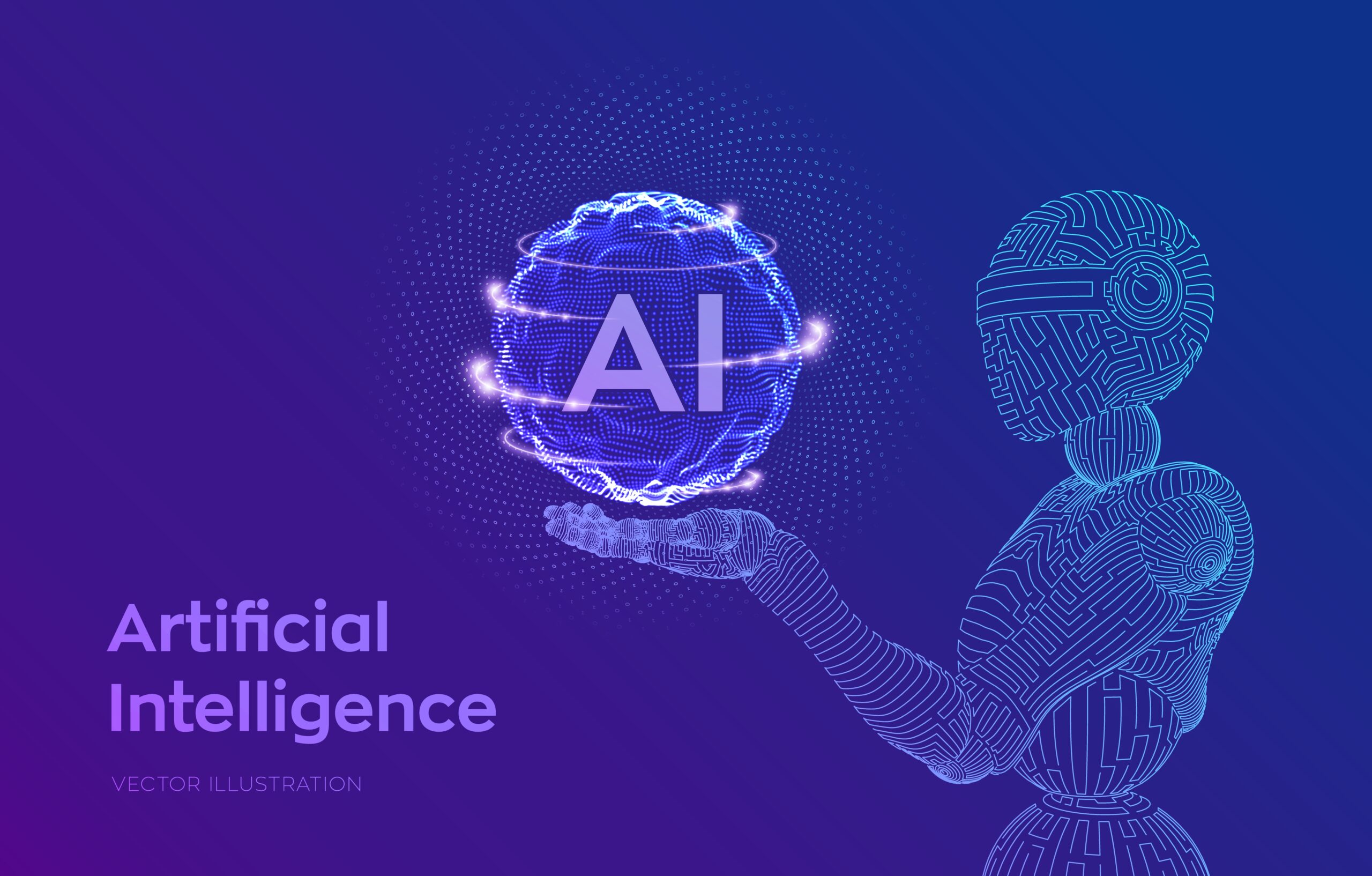Goal Formulation: The First Step in Problem Solving
In problem-solving, goal formulation is crucial as it defines the outcome we want to achieve and frames how we approach challenges. By setting a clear goal based on the current situation and the performance measures of the agents or tools involved, we lay a foundation for effective problem resolution. Let’s dive into why goal formulation is the essential first step in problem-solving and how it influences every subsequent stage.
What is Goal Formulation?
Goal formulation is the process of clearly defining the objectives we aim to achieve when solving a problem. It goes beyond simply stating a desired outcome and involves examining the current situation, understanding limitations, and establishing criteria to measure success. In artificial intelligence (AI) and other decision-making domains, goals must be clear, actionable, and aligned with the capabilities and environment of the “agent” (an AI system or human decision-maker).
Why is Goal Formulation the First Step in Problem Solving?
- Defines the Destination:
- Just as a roadmap requires a destination, problem-solving requires a clear end-goal. The goal helps define the direction and ensures efforts are focused on achieving specific outcomes rather than aimlessly solving unrelated issues.
- Sets Boundaries and Scope:
- Without a defined goal, the scope of problem-solving can become too broad or vague. Setting a goal helps in identifying what’s relevant and what’s not, allowing for better resource allocation and clearer prioritization.
- Establishes Performance Criteria:
- Goals are often accompanied by performance measures, which specify the criteria for success. In AI, for example, these measures might involve speed, accuracy, efficiency, or user satisfaction, which directly influence how solutions are formulated and evaluated.
- Enables Assessment of Current Situation:
- Formulating goals involves a deep understanding of the present circumstances, such as available resources, constraints, and opportunities. This understanding helps in tailoring the goals to be realistic and achievable.
How to Formulate Effective Goals
To create actionable goals, it’s essential to consider the current situation and set performance measures that align with the problem’s context and complexity.
- Analyze the Current Situation:
- Assess the current state to understand the problem’s scope and impact. Identify constraints, such as limited resources or time, and any dependencies that may affect outcomes.
- Example: In a business setting, if a company’s sales are declining, the current situation would include analyzing market trends, competitor performance, and internal resources before formulating a goal.
- Define the Agent’s Performance Measure:
- Define criteria that determine success. For an AI system, this could be the speed or accuracy of an output. For humans, it could be the quality of work or adherence to deadlines.
- Example: In a customer service department, performance might be measured by customer satisfaction scores, response time, or issue resolution rates.
- Use SMART Criteria for Goal Setting:
- Specific: The goal should be clearly defined, leaving no room for ambiguity.
- Measurable: Define how progress and success will be measured.
- Achievable: Ensure the goal is realistic and attainable given current resources.
- Relevant: The goal should be aligned with broader objectives or mission.
- Time-bound: Set a clear timeframe for goal achievement.
- Identify Potential Challenges:
- Consider any obstacles that could hinder the path to the goal. Anticipating these can help in planning countermeasures.
- Example: If a startup’s goal is rapid market expansion, potential challenges might include limited funding or a lack of brand awareness, which require proactive strategies.
The Role of Agents in Goal Formulation
In AI and problem-solving contexts, agents (either people or intelligent systems) play a central role in achieving goals. Agents’ capabilities, limitations, and available information all impact how goals are formulated. Understanding the agent’s strengths and weaknesses helps in defining achievable goals and creating realistic performance expectations.
- Human Agents:
- Goals need to align with humans’ cognitive and physical abilities, as well as their time and resources. For instance, setting a goal that requires excessive multitasking or quick decision-making in complex situations may not be practical.
- Artificial Agents:
- In AI, agents operate within a defined environment, with clear parameters and data constraints. AI goals should be formulated considering the computational power, data quality, and training that the system has undergone.
Examples of Goal Formulation in Different Domains
- Healthcare:
- Goal: Improve patient recovery time by 15% in the next quarter.
- Current Situation: Analysis shows delays in treatment due to outdated diagnostic tools.
- Performance Measure: Patient recovery rate, treatment duration, and patient satisfaction.
- Education:
- Goal: Increase student engagement in virtual classrooms by 25%.
- Current Situation: Many students report difficulty in focusing during online classes.
- Performance Measure: Attendance rates, participation in discussions, and feedback surveys.
- Business:
- Goal: Reduce production costs by 10% without compromising quality.
- Current Situation: Production expenses are high, with a lack of automation in certain processes.
- Performance Measure: Cost reduction, production efficiency, and quality control scores.
How Goal Formulation Affects Problem-Solving Strategies
Once a goal is set, it influences every decision and strategy in the problem-solving process. The goal provides clarity, which aids in selecting appropriate methods, prioritizing actions, and adjusting tactics as needed.
- Guides Solution Development: Goals ensure that solution development stays on track toward specific objectives, avoiding unnecessary or irrelevant steps.
- Facilitates Better Decision-Making: With a clear goal, it’s easier to evaluate which decisions align with the desired outcome.
- Enhances Resource Allocation: Knowing the goal allows for optimized use of resources, allocating them to areas with the highest impact.
Challenges in Goal Formulation
- Vague or Unrealistic Goals: Goals that are too broad or ambitious can lead to failure. Breaking down large goals into manageable milestones can address this.
- Lack of Alignment: If goals aren’t aligned with the agent’s abilities or the current situation, achieving them becomes challenging. Regular reviews ensure alignment.
- Overemphasis on Outcome Over Process: While goals are outcome-focused, the process also needs attention. Emphasizing both can enhance learning and adaptability.
Basic Aspects of Goal Formulation
- Understanding Problem Context:
- Before setting goals, clarify the broader context, including environmental, social, or market influences. This understanding ensures that goals are set within realistic boundaries.
- Prioritization of Needs:
- Rank the objectives or desired outcomes. This prioritization can guide goal setting by highlighting the most critical aspects that need immediate attention.
- Identifying Resources:
- Resources, such as time, finances, and manpower, are critical for formulating achievable goals. Assessing what is available helps set realistic and achievable targets.
- Setting a Desired State:
- Define a specific “desired state” to create a benchmark for goal success. Describe what successful completion will look like in concrete terms.
- Feedback Loops for Clarity:
- Implement early feedback mechanisms to refine goals as needed. This helps adjust the initial goal if new insights or challenges emerge.
Intermediate Concepts in Goal Formulation
- Outcome vs. Process Goals:
- Differentiate between goals focused on outcomes (the end results) and process goals (the steps required). Balancing both types helps in achieving incremental progress while aiming for the ultimate objective.
- Incorporating Flexibility:
- Build flexibility into goals to adapt to changing conditions. For instance, set an adaptable timeline or allow alternative pathways toward completion.
- Evaluating Short-term vs. Long-term Goals:
- Distinguish between immediate, short-term goals and broader, long-term goals. Breaking down long-term goals into smaller, actionable steps aids in staying focused and motivated.
- Considering Impact on Stakeholders:
- Evaluate how goal formulation impacts different stakeholders, such as customers, employees, or users. Incorporating stakeholder needs ensures that goals are feasible and aligned with their expectations.
- Risk Analysis in Goal Setting:
- Perform a risk assessment to identify potential obstacles. This analysis can lead to more practical, resilient goals that consider risk mitigation strategies.
- Cross-Functional Goal Setting:
- For complex projects, involve cross-functional teams in goal setting. This inclusion can bring diverse perspectives, ensuring goals are realistic and supported across departments.
Advanced Principles and Strategies in Goal Formulation
- Dynamic Goal Adjustment with Data:
- Use real-time data or feedback to continuously refine goals. This adaptive approach allows for data-informed decisions that keep goals relevant to changing circumstances.
- Developing Decision Criteria for Goal Refinement:
- Establish a set of criteria to determine when a goal needs modification. Criteria could include performance metrics, timeline constraints, or resource limitations.
- Anticipating Unintended Consequences:
- Consider potential side effects or unintended consequences of achieving the goal. This foresight helps in setting goals that lead to beneficial outcomes without negative impacts.
- Integrating Goal Hierarchies:
- Build a hierarchy of goals, where high-level goals align with strategic objectives and lower-level goals support tactical or operational aims. This approach keeps every team focused on the big picture while managing their specific tasks.
- Utilizing Scenario Planning:
- Use scenario planning to formulate goals that are robust across different possible futures. This advanced technique is particularly useful in uncertain or volatile environments.
- Defining Success Thresholds and Ranges:
- Instead of setting binary success criteria, define acceptable ranges or thresholds for success. This approach offers more flexibility and recognizes partial progress.
- Leveraging Systems Thinking:
- Use systems thinking to understand how different elements of the goal interact. This perspective helps in setting holistic goals that consider complex dependencies and interactions.
- Incorporating Behavioral Economics:
- Recognize cognitive biases or decision-making heuristics that could influence goal setting. For instance, consider how optimism bias might lead to overly ambitious goals or how loss aversion could lead to cautious goal-setting.
- Aligning with Organizational Culture:
- Goals should align with the organization’s culture, values, and mission. This alignment fosters support and engagement from employees and other stakeholders.
- Root Cause Analysis for Goal Realignment:
- If initial goals fail, perform a root cause analysis to understand underlying issues. This analysis can reveal insights for setting more effective goals in the future.
- Goal Setting in High-Risk Environments:
- In high-stakes or risky situations, set goals that include built-in contingency plans. For example, establish “fail-safes” or alternative paths if certain conditions cannot be met.
- Incorporating Learning and Development Goals:
- Set goals that also facilitate learning and skill development, especially in uncertain or rapidly evolving fields. This ensures that goal-setting contributes to growth, not just immediate outcomes.
- Alignment with Broader Strategic Goals:
- Every goal, from tactical to strategic, should contribute to larger organizational objectives. This ensures that efforts are coherent and support long-term success.
- Application of Game Theory:
- When dealing with competitive environments, use principles from game theory to predict and set goals based on anticipated moves of competitors or stakeholders.
Goal Formulation in Emerging Fields and Technology
- Formulating Goals in AI and Autonomous Systems:
- When setting goals for AI, consider ethical implications, data constraints, and computational limits. Autonomous systems require goals that balance performance with accountability and transparency.
- Setting Goals for Innovation and R&D:
- In research and development, goals should emphasize exploration and discovery. This includes setting flexible milestones that accommodate iterative experimentation.
- Multi-Agent Goal Coordination:
- In settings with multiple agents (e.g., robotics, team environments), goals must be formulated to ensure coordinated actions. This involves defining shared objectives and minimizing conflicting actions.
- Sustainability-Driven Goals:
- In industries focused on sustainability, goal setting should account for environmental and social impacts. Goals could include criteria for reducing waste, emissions, or resource use.
- Utilizing Predictive Analytics for Goal Setting:
- Use predictive models and analytics to set data-informed goals. This approach allows for goals based on forecasts, improving their alignment with expected trends.
Examples of Advanced Goal Formulation in Practice
- Adaptive Goal Formulation in Agile Methodologies:
- In Agile frameworks, goals are regularly reassessed at the end of each sprint. This allows teams to remain responsive to feedback and changing requirements.
- Setting Goals for Change Management:
- In change management, goals focus on managing employee adaptation, minimizing resistance, and achieving desired behavioral shifts. This requires setting specific milestones for training, communication, and support.
- Self-Optimization Goals in Autonomous Systems:
- For autonomous or self-optimizing systems, goals should allow for self-improvement based on performance feedback. This approach supports continuous learning and adaptation.
- Resilience-Oriented Goal Setting:
- In high-risk industries (e.g., healthcare, finance), set goals that prioritize resilience. This involves creating goals that allow for quick adaptation to disruption or stress.
These additional points cover both fundamental and sophisticated aspects of goal formulation, providing a comprehensive perspective on how goal setting influences effective problem-solving across diverse domains
Conclusion: Goal Formulation as the Foundation of Problem-Solving
Goal formulation is the foundation upon which all other problem-solving steps rest. By analyzing the current situation, setting clear and achievable goals, and defining performance measures, you establish a solid framework for action. Whether in AI or human decision-making, goal formulation provides the necessary focus, alignment, and structure to navigate challenges effectively






